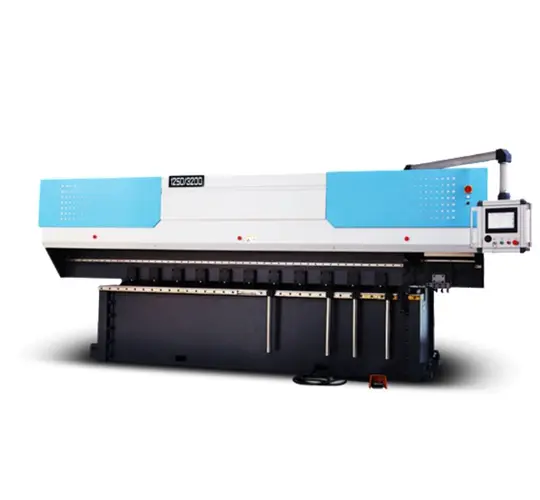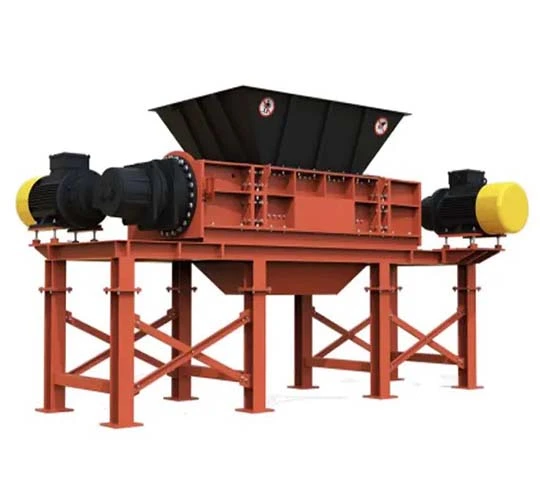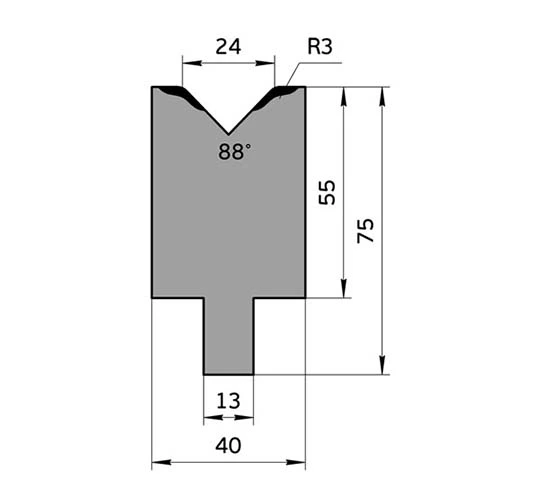Exploring the Role of NC Bending Machines and CNC Bending Machines
Numerical Control (NC) bending machines are crucial in sheet metal fabrication, excelling over manual models in terms of precision, efficiency, and safety. Their role in the manufacturing sector is poised to grow increasingly essential.
1. Decoding Numerical Control: A Quick Overview of Fundamental Concepts
CNC stands for Computer Numerical Control, which refers to automated machine tools controlled by programs. The control system can logically process programs carrying control codes or other symbolic instructions. By decoding these through a computer, the machine tool executes predetermined actions.
2. CNC at Work: Transforming Press Brake Operations
Numerical control technology offers a high degree of automation, significantly reducing labor intensity. It ensures high precision and stable quality in part production. With its high production efficiency, it can considerably shorten the product development cycle. CNC technology provides a fast track for the research and development of new products, as well as the improvement and adaptation of existing products.
Diverse Types of CNC Bending Machines
Numerical control press machines are generally divided into two types: CNC synchronized torque press brakes and electro-hydraulic servo CNC press brakes.
CNC synchronized torque press brakes offer precise metal bending, featuring synchronized movement, advanced control, and versatile tooling options to achieve optimal precision and efficiency.
Electro-hydraulic servo CNC press brakes are precise machine tools that use electrical and hydraulic systems to digitally control and synchronize the metal bending process.
Various Applications of CNC Press Brakes
CNC bending machines are widely used across various industries such as construction, automotive manufacturing, household appliances, and communication equipment. In these sectors, CNC bending machines can produce parts of various specifications and shapes. These parts can be integrated into products with different size and shape requirements.
What Are the Differences Between Manual Bending Machines and CNC Bending Machines?
Precision: CNC bending machines, owing to their computer-controlled operations, offer higher levels of precision than manual bending machines. They can bend metals to exact dimensions and angles. However, manual bending machines rely on the operator's skill, which can lead to variations in the results.
Speed and Efficiency: CNC bending machines can operate continuously at high speeds, significantly improving productivity. In contrast, manual bending machines require manual intervention and physical labor, resulting in slower speeds and lower efficiency.
Automation: Once programmed, CNC bending machines can automatically execute complex operations, reducing the need for continuous input from the operator. In contrast, manual bending machines require active engagement and continuous input from the operator.
Flexibility and Complexity: CNC bending machines can handle complex bending operations due to their programmability, making them adaptable to various tasks, including intricate designs. Manual bending machines have limited capability in handling complex tasks.
Safety: CNC bending machines are generally safer than manual bending machines as they limit direct interaction with the machine during operation, reducing the risk of injury to operators.
Training: Operating a CNC bending machine requires knowledge of programming and operation of the machine, whereas manual bending machines require more traditional machining skills. The technical level needed for CNC operation might be higher than that for manual operation.
Cost: The upfront cost of manual bending machines is typically lower than that of CNC bending machines. However, in the long run, the higher productivity, precision, and reduced waste of CNC bending machines may render them more cost-effective.
CNC bending machines play a pivotal role in the manufacturing and metalworking industries. They offer precision, efficiency, and versatility in shaping metal parts while reducing waste and human error.
Output: CNC bending machines, with their high speed and level of automation, are ideal for large-scale production. Manual bending machines are more suited for small-batch production or prototyping where the setup time for CNC machines doesn't offer a clear advantage.
 English
English


